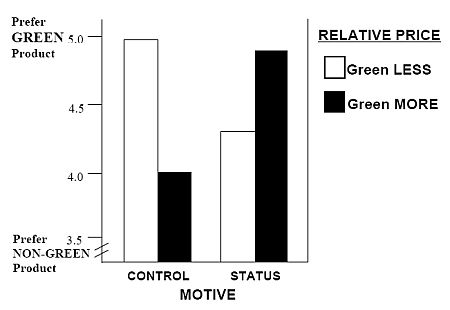By Steve Irvine, Creative Director at LFH
Whilst it is expected that commodity brands are busy improving their sustainable credentials it is often not so apparent that premium brands are also doing their bit for the environment.
Recent reports such as ‘Going green to be seen’ have shown that consumers are not consistently driven by sustainability. When ordering on line for example, purchasing is more likely to be driven by value rather than eco benefits. Similar behaviour can also be seen when consumers make a more expensive purchase. Premium brands face the greater challenge of trying to hide their eco responsibility. Pack reduction and streamlining may appeal to shoppers of lower cost FMCG but when consumers are paying a lot of money for their occasional luxuries they tend to be a little more relaxed on the green credentials.
But even without the incentive of green consumers, premium brands are working hard to improve their environmental footprint – they have stakeholders to think of, and would not want to fall victim to any potential backlash from green lobby groups. In addition, many green initiatives also bring cost savings – so there is a strong business argument as well as an environmental one.
Figure: Preference for green relative to non-green products as a function of active motive and whether the green product costs more or costs less than the non-green counterpart.
For this reason, premium brands need to continue to appear luxurious and their push for green will often be behind the scenes. So whilst mainstream brands will focus on the consumer-visible elements luxury brands can concentrate on areas where just as significant gains can be achieved, but without impacting on the finished product.
There is plenty of scope for premium brands to walk the sustainability path. For example, finding efficiencies in the production process can achieve enormous benefits. That might be as simple as using ‘green energy’ or increasing recycling initiatives. One premium whisky brand has begun harvesting the methane gas that is produced from the effluent that comes from the whisky making process and using this to produce energy for the production process.
Premium brands are often defined by their packaging, so too much change can impact badly on years of hard-won success and brand value. One strategy is to make many smaller changes which don’t impact on the premium cues, rather than fewer but larger changes.
In general, it has been demonstrated that consumers do not notice weight savings of up to 10% in the packaging…but for the brand, the environmental and cost benefits are significant. New techniques can help designers create a bottle design which bears a close resemblance to the previous one, but with significant weight savings and which can suit a faster more efficient line, with less wasteful down time due to jamming.

Another approach, pioneered by LFH is Chapter 1. This brand-focused colour harmonisation process enables brands to reduce the number of colours used for packaging to just to six. Remarkably in a typical range produced by international FMCG Manufacturers, this can often be as light as 120 different colours – even in a palette that is normally made up of just six colours.
With this new process brand owners can also improve productivity and reduce wastage by up to 40% without any impact on the brand.
Ultimately, the acid test is whether changes have a commercial impact. LFH has been able to make sustainability improvements which have also reduced costs and improved sales whilst maintaining brand values – that’s a virtuous circle that other premium brands should not ignore.
About the Author
Steve Irvine is a Creative Director at LFH. He has designed creative solutions for major FMCG brands including Tropicana, Quaker Oats, Terry’s Chocolate Orange, Heinz and Abba Seafood. LFH сlients include Carlsberg, William Grant and Sons, The Coca-Cola Company, Unilever, GSK, Baltic Beverage Holdings and The Orkla Group (Scandinavia).

